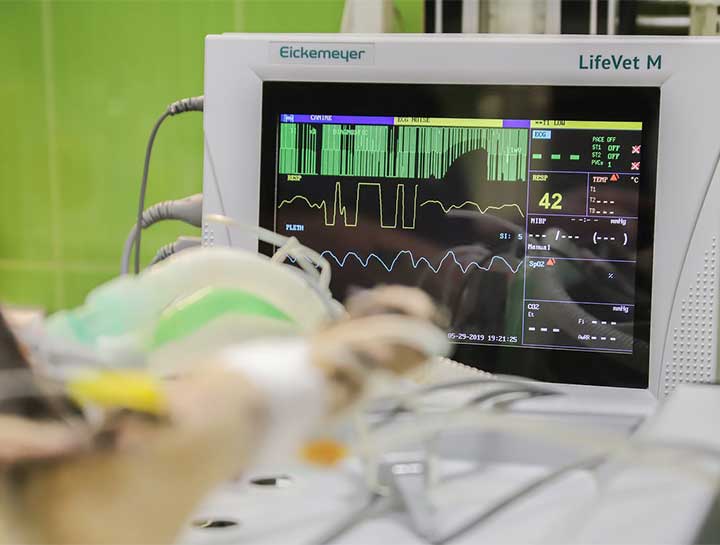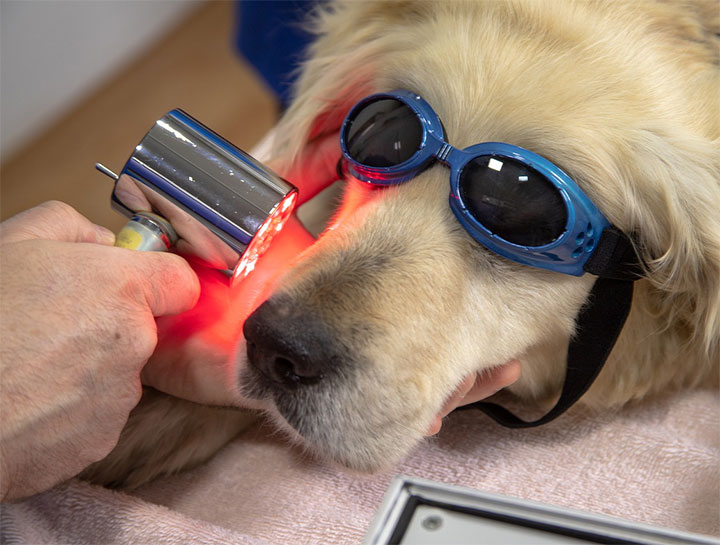Services
Providing quality veterinary care for cats in Milton, Vermont and the surrounding communities.
-
Cat & Dog Care
Discover more about vet exams and preventive care for kittens, puppies, cats, and dogs.
Learn More -
Diagnostics
Diagnostic imaging allows our veterinarians to look at your pet internally for clues about sickness or injury.
Learn More -
Pet Dental Care
Dental care is an essential part of your pet’s overall health to prevent dental disease and tooth loss.
Learn More -
Surgical Procedures
Let our experienced team provide your pet with high-quality surgical care in a stress-free and relaxing environment.
Learn More -
House Calls
Beneficial for anxious pets, owners with limited mobility or access to transportation, and clients with multiple pets at home.
Learn More -
Pharmacy & Pet Products
Specialty foods and medications for preventive care and illnesses, including flea & tick preventatives.
Learn More -
Emergency Pet Care
Pet emergency care during office hours, plus find after-hours emergency pet care in Milton.
Learn More









